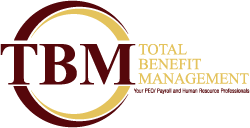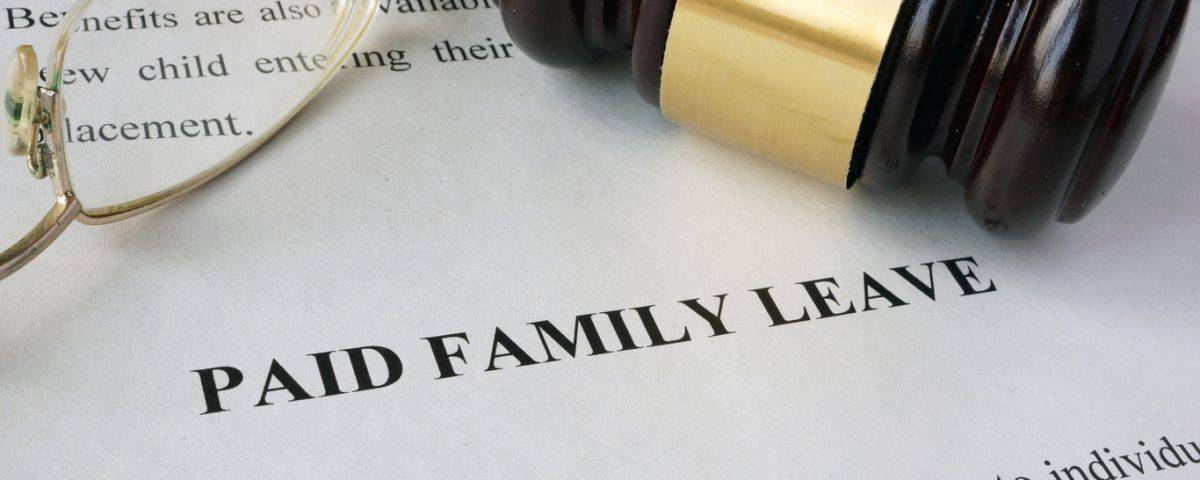- Total Benefit Management

2018 Employment Law Trends: The Past, Present and Future
November 16, 2017
10 Ways to Make Your Employees 10x More Productive
November 20, 2017The New York State Paid Family Leave Act
The Countdown begins… Paid Family Leave will be in full effect on January 1st, 2018. TBM Payroll received this article from the Shelter Point and NYS Department of Labor website to provide you with concise and accurate information regarding Paid Family Leave.
Paid Family Leave – What Is It?
New York’s Paid Family Leave will be one of the most comprehensive family leave programs in the nation when it takes effect in 2018. Here are the top 10 things to know about this new mandatory benefit:
- Paid Family Leave provides more than just a monetary benefit – it provides job security for employees out on paid leave, similar to unpaid leave under FMLA, but regardless of the size of the employer.
- Paid Family Leave will be implemented as a rider (addition) to DBL (NY’s statutory short-term disability).
- All New York “covered employers” (typically private sector employers with at least 1 employee who has to provide DBL), also have to provide PFL. As such, it covers all those employees who currently get DBL through their employment.
- Employers that are exempt from DBL and occupations/employees who are excluded from DBL are also exempt/excluded from PFL – but the employer can obtain voluntary coverage for them.
- Paid leave can be taken in daily increments, and -unlike Workers’ Comp- in intermittent intervals, such as every other Monday.
- To qualify for Paid Family Leave, employees working 20+ hours per week must have been employed at least 26 consecutive weeks at their current employer; and employees working less than 20 hours per week must have completed at least 175 work days at their current employer.
- There is no “waiting period”.
- 30 days’ employer notice are required for foreseeable leave. If this is not possible due to the circumstances (such as an accident or heart attack), the notification needs to happen as soon as practicable.
- You can’t take DBL and PFL at the same time, i.e., receive benefits for both concurrently. They have to be taken in sequence. And if an employee qualifies for both, the combined duration cannot exceed 26 weeks in a consecutive 52-week period.
- Employers can’t require employees to exhaust their accumulated paid time off before letting them go out on paid family leave.
What Can It Be Used For?
There are 3 main categories of qualifying events an employee can take paid leave for:
- Providing care for a family member with a serious health condition
- The common cold or taking off for general doctors visits don’t qualify – the person being cared for must meet the definition of a “serious health condition.”
- Bonding leave after giving birth, adoption, or welcoming a child into foster care
- An employee may seek family leave benefits during the first 12 months after the child’s birth, adoption, or foster placement even if that event occurred in 2017.
- An employee may take paid leave even for events leading up to adoption, such as travel to another country to complete an adoption.
- Qualifying military exigency
- An employee can take paid leave if their family member (spouse, domestic partner, child, or parent) is on active duty or has been notified of an impending call or to active duty.
To view more information on the Paid Family Leave Act, click here.

